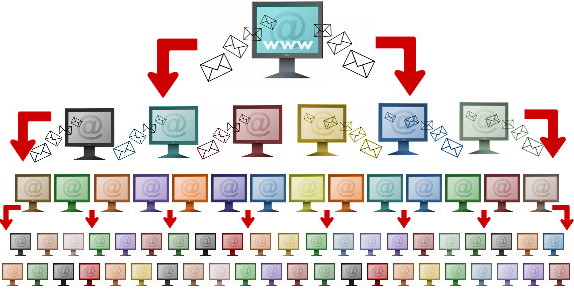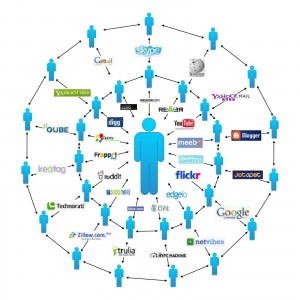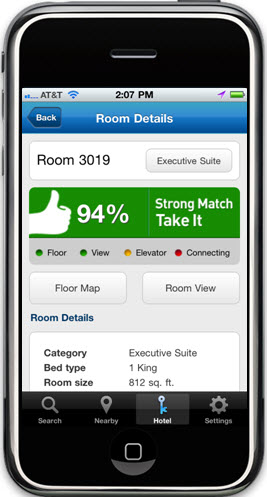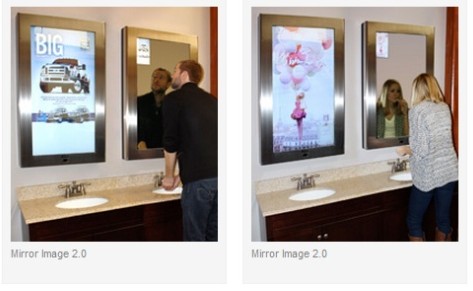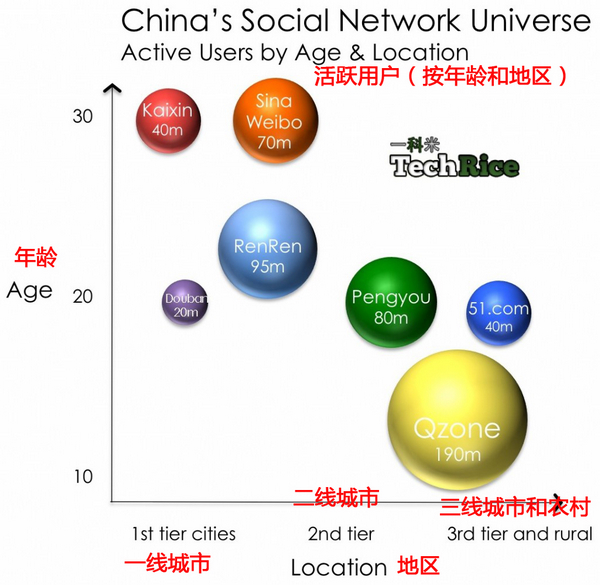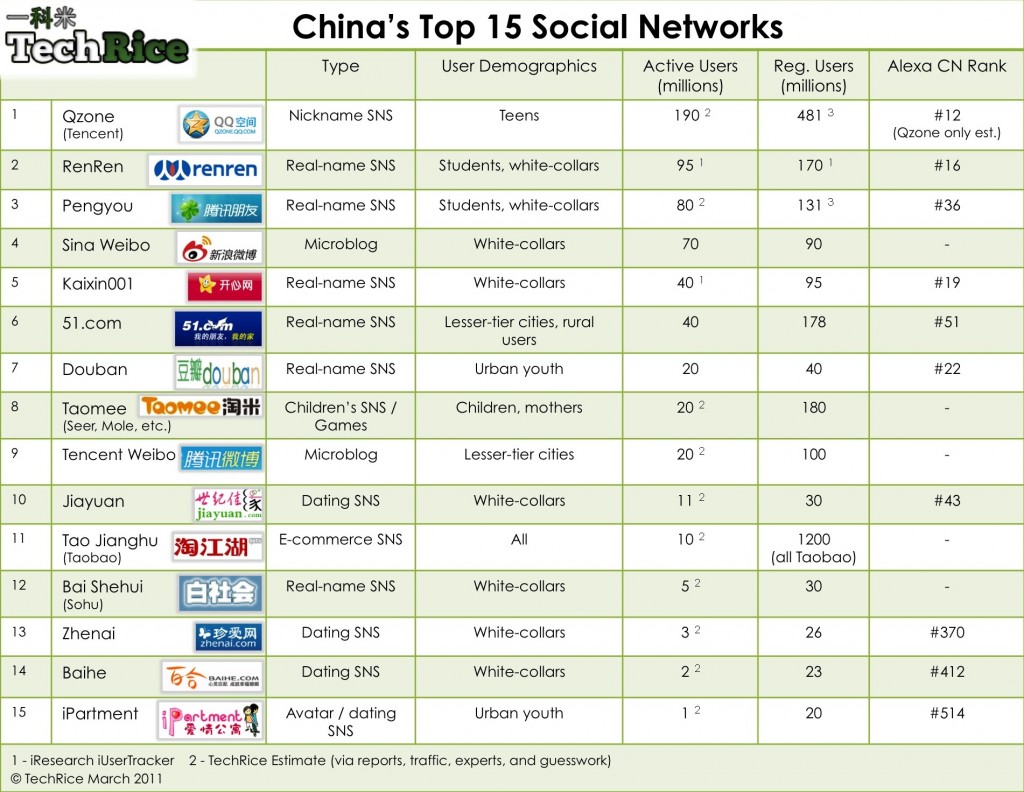link to: http://article.yeeyan.org/view/204697/175966
Recently I found an article about the advertisement history of Coca-Cola which is is one of the most iconic brands in American history. The story is actually very interesting and inspiring, especially when we are studying the art of marketing. We can see the style of times change from the Coca-Cola post, from Norman Rockwell style paintings, to the simple “It’s the real thing.” in Helvetica, to 3D animated polar bears and holiday scenes. It’s no doubt that the success of this company is closely related to its effective use of advertising.
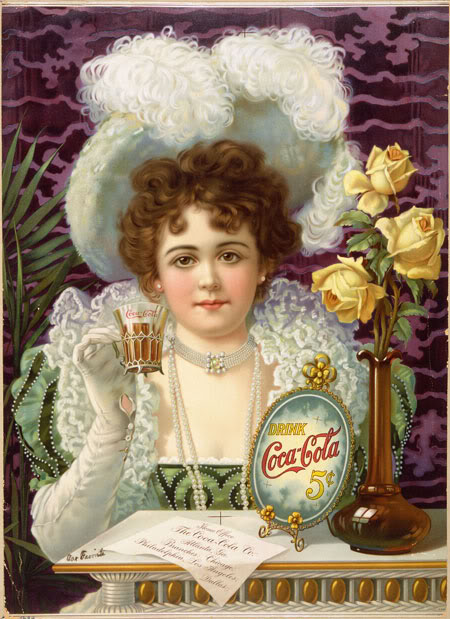
The first Coca-Cola was sold in 1886 in Atlanta, Georgia, but the company’s first advertisement wasn’t released until 1895. The company’s first print advertisement featured an illustration of a young actress named Hilda Clark, who was also the brand’s spokeswoman. That first advertisement featured Clark in extravagant clothing drinking a Coke next to a sign advertising Coca-Cola for five cents.
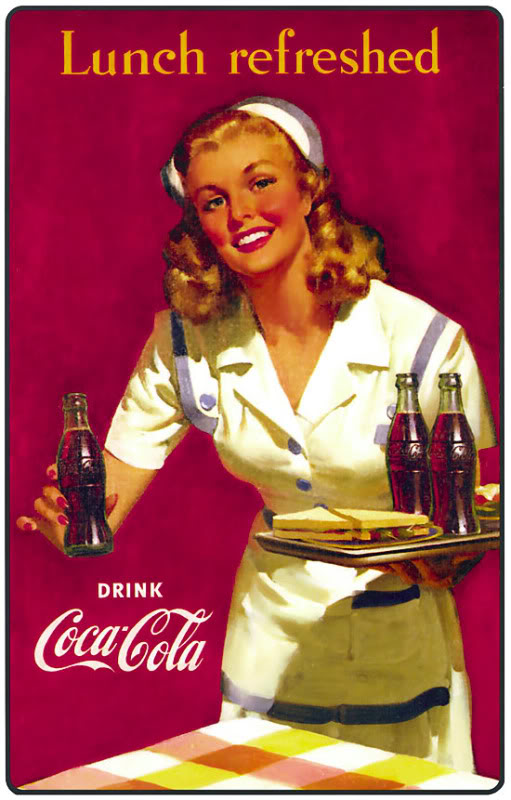
The next series of advertisements were targeted at women and depicted how Coca-Cola could help them with everyday life tasks by making them feel more refreshed. Such tag lines as “shop refreshed” and “lunch refreshed” were used to draw in consumers and show how this brand was needed to increase the joy felt when performing daily tasks.
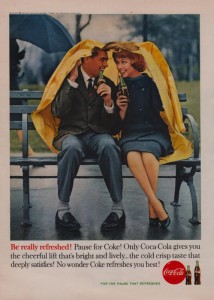
As the brand continued to develop and generate more customers, the advertisements also become more alluring and lengthy. During the 1950s and 1960s, the original advertisement illustrations gave way to photographs of men and women smiling as they enjoyed their Coca-Cola.
 During this time of American growth and business competition, this brand’s advertisements depicted how drinking Coca-Cola could provide the breaks that people needed in their day. The ads also urged consumers to brink a Coke to gain the energy needed to push through long day at the office. This is also the time when women’s clothing in Coca-Cola’s advertisements transformed from full-length, elegant gowns to lower cut dresses and even bathing suits.
During this time of American growth and business competition, this brand’s advertisements depicted how drinking Coca-Cola could provide the breaks that people needed in their day. The ads also urged consumers to brink a Coke to gain the energy needed to push through long day at the office. This is also the time when women’s clothing in Coca-Cola’s advertisements transformed from full-length, elegant gowns to lower cut dresses and even bathing suits.
 From the middle days of the brand’s life cycle up until present day, Coca-Cola has addressed a variety of environmental and health issues that speak directly to the concerns of each generation. Themes such as recycling and family time were prominent. Additionally, as consumers became more conscientious about what they consumed, Coca-Cola met this trend with lighter versions of the original beverage and effectively advertised their commitment to health.
From the middle days of the brand’s life cycle up until present day, Coca-Cola has addressed a variety of environmental and health issues that speak directly to the concerns of each generation. Themes such as recycling and family time were prominent. Additionally, as consumers became more conscientious about what they consumed, Coca-Cola met this trend with lighter versions of the original beverage and effectively advertised their commitment to health.
As Coca-Cola continues to develop as a brand and creates more products under its iconic name, it will undoubtedly continue finding new ways of speaking to the hearts of American consumers through its advertising. What Coca-Cola has learned through its various marketing campaigns is that companies must understand what is most important to consumers at a particular point in history and then speak to those desires through effective advertising. Other start-up companies can learn a great deal from the advertising history of this brand and re-use their strategies to hopefully increase the popularity of their own businesses.


